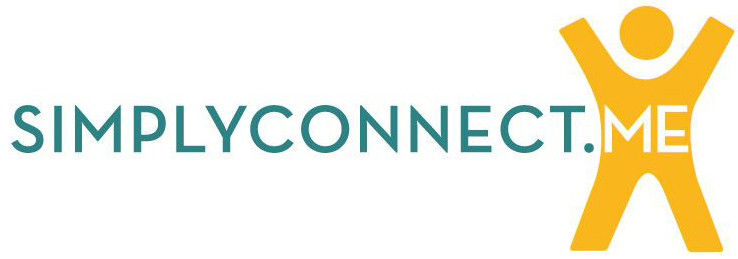The broker selection process is a great tool for an organization to effectively and efficiently select the best broker and the best insurance company. There are several manners in which to choose an insurance brokerage and risk management partner. The words “insurance” and “partner” may seem like an unlikely pair, but the alliance can be one of the most important for a company’s executive team.
Selection Model #1: Selection by Quote Process
Some organizations will choose a few insurance brokers to “quote” their insurance program. Ultimately, significant work and resources are spent providing underwriting information, completing applications and hosting loss control visits for multiple brokers and insurance companies. Much wasted energy is consumed in the jockey for and allocation of insurance markets. Proposals must be reviewed from each of the brokers. At the end of the day, only one of the brokers is awarded the business.
This process does not place value on a long tenured partnership; instead, the model focuses on the premiums of the various insurance companies and broker services, putting the impact of total cost of risk are secondary.
In the unfortunate scenario in which the organization prefers to work with one broker but gets the “best quote” from a second broker, the organization is forced to either work with the broker that isn’t its first choice, or they resort to signing a “Broker of Record Letter” to give the work of one broker to another. This always leads to a difficult situation and hard feelings and a breach in trust is inevitable or they opt for “best quote” and second-choice broker. The organization can also develop a tarnished reputation in the underwriting community.
Selection Model #2: Broker Selection Process
A broker selection process can greatly simplify the process of looking at options and ultimately provide you with the best value for the insurance dollar or total cost of risk. In this model, an organization ends up with the best broker and the best insurance company per the organizations criteria. It allows the organizations to choose a broker through a competitive process that separately evaluates the benefits of each broker’s resources and services. Brokers can present their case for why you should do business with their organization and why they would make a good partner to develop and implement your risk management program.
Brokers should be your representatives. This becomes more critical as insurance companies continue to cut the services they provide. Once a broker is selected, you are in a position to have one broker clearly represent you to the insurance market. The insurance companies will know they have a fair chance of writing your business and will not have to be concerned that they are with the right broker. The entire process of selecting an insurance company is then the responsibility of your “best” broker. Management does not have to do analysis of all the different proposals. While management is welcome and should be a part of this process, the burden of the analysis rests on the part of your broker.
Ultimately, the organization seeking alternatives is guaranteed that they will end up doing business with the broker of their choice and the insurer of their choice. The elimination of agents is done early in process before significant work is requested of the agents, thereby creating a much more efficient process and much more effective result.
This is the second entry of a three-part series of blog posts. Read the second and third posts. Find out more from Johnson, Kendall & Johnson or contact Rafael Haciski.













